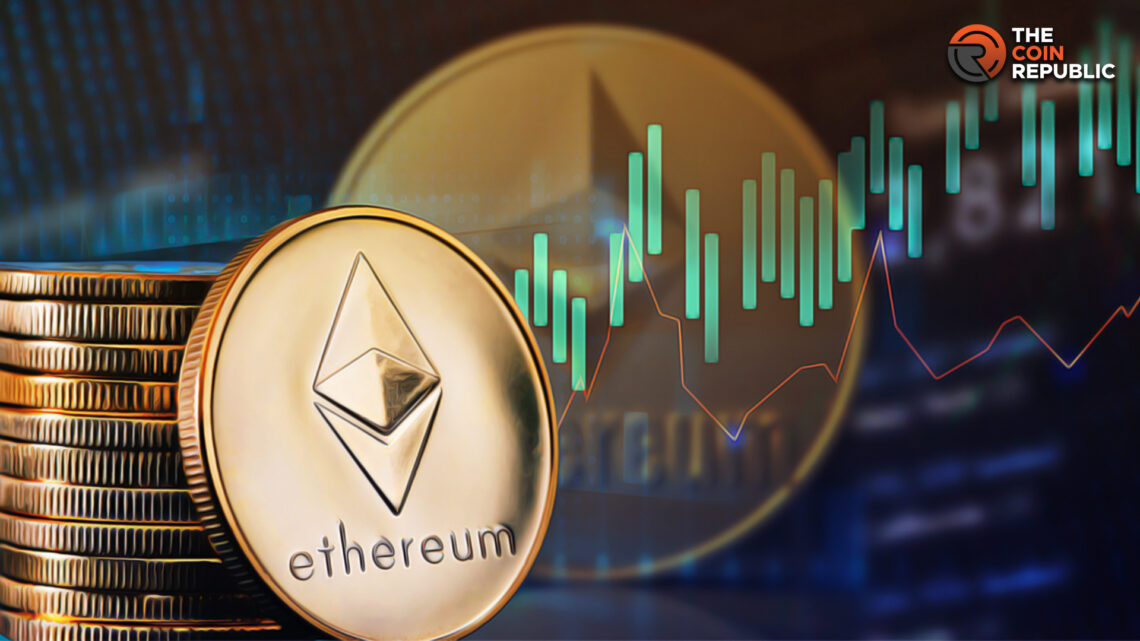- 1 Rollups have the early lead, but all L2s can coexist in the future.
- 2 Competition drives innovation but also risks fragmentation.
- 3 Winning L2s could give you a decisive advantage in staking a claim.
Ethereum is the most widely used blockchain globally, but high gas fees and congestion issues have hindered adoption. This has sparked intense competition between layer 2 (L2) solutions aiming to help Ethereum scale. The so-called “L2 wars” involve rival technologies and companies vying to become the go-to scaling solution for Ethereum.
The Leading Contenders in Ethereum’s Layer 2 Race
The leading contenders in the L2 race include rollups like Optimistic Rollups and zk Rollups. Rollups bundle transactions off-chain and submit compressed data to the main Ethereum chain. This reduces fees and congestion by minimizing the amount of computation done on layer 1. Projects like Arbitrum and Optimism have launched Optimistic Rollup sidechains secured by Ethereum. StarkWare and Matter Labs build zk Rollup chains using novel zero-knowledge proofs to achieve scalability.
Another category of L2 solutions are state channels like the Lightning Network. State channels allow users to transact off-chain, with only the final settlement data posted to Ethereum. Leading state channel projects are Connext, StateChannels, and Perun. Their solutions focus on asset swaps, payment channels, and other simple transaction types.
Polygon is an aggressive competitor, leveraging bridges and sidechains to offload activity from Ethereum. Polygon POS chain has rapidly gained popularity for DeFi apps with low fees. But security risks exist with its standalone consensus model decoupled from Ethereum.
A major competition arena is attracting developers and users to integrate with each L2. Some L2s incentivize ecosystem growth through grants, hackathons, and other perks. Adoption is rising, but still, only a small fraction of Ethereum activity occurs on L2s. Improving the user experience and interoperability between L2s could enhance uptake.
The Evolution of Ethereum Layer 2 Solutions
Rollups currently have significant traction due to optimistic rollups processing over $1 Billion in
monthly transaction volume. But some experts argue zk rollups will prevail long-term with greater speed and lower computation costs. However, zk rollups lack general-purpose functionality today, giving optimistic rollups the edge for broad adoption.
Many also view layer 2 solutions as complementary rather than competitive. They can each serve different use cases based on tradeoffs like transaction speed vs. data availability. A multi-L2 future for Ethereum may develop where developers and users can choose the solution that fits their needs.
Interoperability bridges between L2s are now being built. These will allow assets and data to move fluidly between rollups, sidechains, state channels, etc. This will greatly enhance flexibility and strengthen the overall L2 ecosystem.
The L2 wars will likely intensify as Ethereum moves towards “The Merge” transition to proof-of-stake consensus. Reducing energy usage via PoS will resolve environmental concerns over Ethereum. But the lack of a pressing shift to PoS may take pressure off the need to scale urgently via L2s.
Conclusion
The L2 race seems poised to heat up through 2022 and beyond. The solutions that gain developer traction and user volume early on could have a decisive advantage. But the rivalry also strengthens Ethereum by building a robust, battle-tested scaling infrastructure. The entire Ethereum community ultimately wins if the L2 wars result in a rich ecosystem of layer 2 solutions bridging seamlessly with Ethereum.
Mr. Pratik chadhokar is an Indian Forex, Cryptocurrencies and Financial Market Advisor and analyst with a background in IT and Financial market Strategist. He specialises in market strategies and technical analysis and has spent over a year as a financial markets contributor and observer. He possesses strong technical analytical skills and is well known for his entertaining and informative analysis of the Financial markets.


 Home
Home News
News








